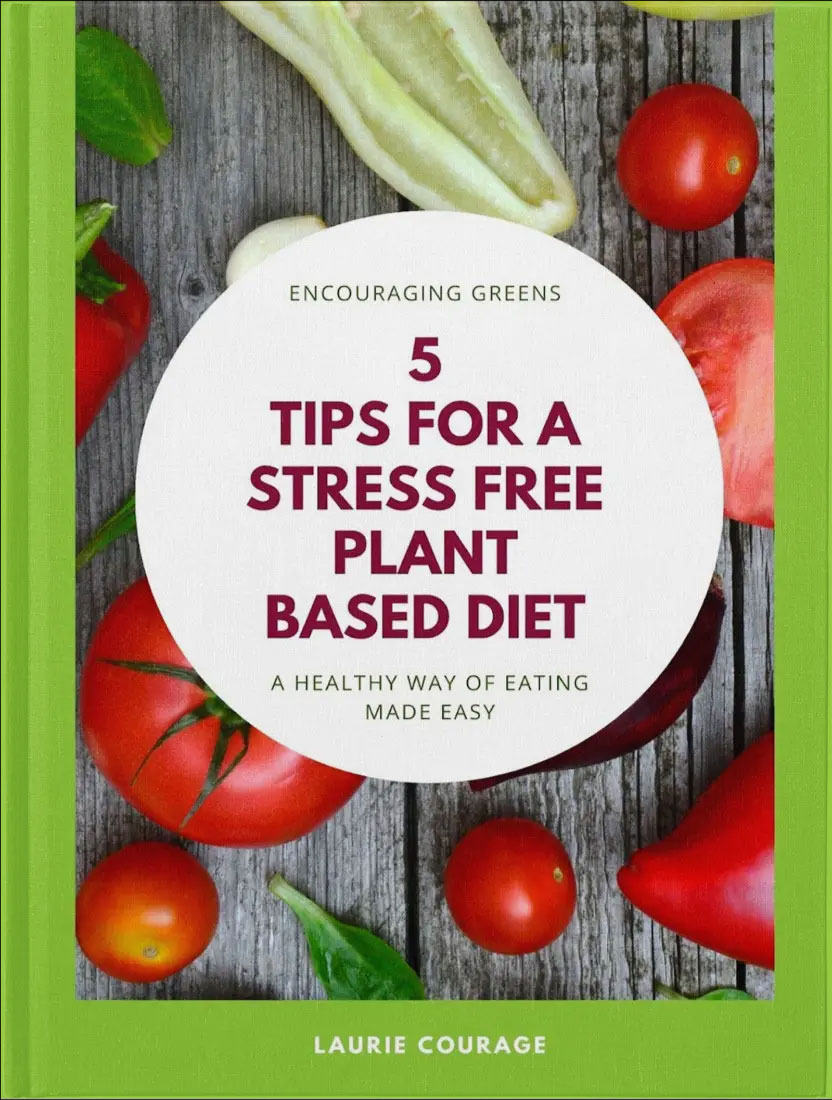They said ‘you can eat as much as you want and lose weight with ease, as long as it’s plant-based’.
They lied.
This is an all too familiar diet myth. The truth: We can’t just eat anything labeled ‘plant-based’ or ‘vegan’ in abundance and expect to lose weight or even get healthy. And the fact that it even has a label should be the first clue.
Before we rush to blame all carbs as a food group, as a public service announcement, all carbs are not the same. Carbs range from a healthy baked sweet potato to an unhealthy deep fried vegan Oreo (yes, that is a thing I saw at our town’s annual fall festive). Just looking at carbs is missing the point.
So, what’s the root of the issue (pun intended)?
If we eat healthy plant-based foods as grown, low in added salt, fat and sugars, we typically fill up before we fill out. Most vegetables, whole intact grains, legumes, and fruit can be enjoyed abundantly. But how?
Here are my 5 simple tips for eating abundantly but knowing your limits, even when your favorite vegan cookbook doesn’t give you a clue about serving size:
1. Let fiber be your fuel.
Processed foods, even and especially those marketed as plant-based, are getting in the way of our bodies naturally regulating an overabundant serving size. There is zero fiber in animal foods so plants are our only option. Many processed foods remove some of the fiber and natural satiation behind. Fiber helps us stay regular and escorts excess cholesterol and hormones out of our bodies. And it has the added benefit of filling us up with healthier options. Gradually increase the fiber in your plant-based diet plan to 30-40g/day or more to crowd out the foods that are unhealthy.
2. Portion your plate.
Aligned with the concept know as calorie density, a good place to start is the 50/50 plate for every meal. I like to think of it as a 50/25/25 plate. This is a simple way to think of servings size.
- 50% of colorful non-starchy vegetables (enjoy a mix with dark greens and 5 colors)
- 25% of beans/legumes (enjoy 1 can or 1 1/2 cups no salt added beans a day, i.e., beans, peas, tofu, tempeh, hummus)
- 25% of starchy vegetables (enjoy root vegetables like butternut squash, sweet potatoes, corn, whole intact grains like quinoa, farro, oats, brown rice, millet). Starch is naturally satiating.
3. Chew your food slowly.
It naturally takes our bodies about 20 minutes to let us know we are getting full. If you eat on the go or quickly in between your other activities, you are likely going to be hungry and continue to overeat before the body knows it is full.
4. Move and eat accordingly.
Sitting uses less calories. A marathon is the opposite. But we cannot out exercise a bad diet. Start simply by walking, first 10 minutes day and over time try for twice that or 150 minutes a week of walking and work up to brisk walking. Notice and be honest where you are and eat and drink what your level of movement requires.
5. Eat at home.
I wish it was different, but eating out is not a reliable way to eat whole food plant-based food abundantly. Dr. Michael Klaper calls eating out ethnic flavored salt sugar and fat and suggests eating before you go to dinner, choosing wisely and enjoying the people more that indulging on the food. Vegan restaurant options are often prepared with vegan versions of the same unhealthy ingredients. Know your local restaurants and talk to the chef or the manager about how they source and prepare their food. When in doubt, save eating abundantly for eating at home.
For more tips…
These are just some of the nutrition tips and myths I cover in my coaching programs. If you need help to take back control of your health by deepening your plant-based know how, building your kitchen confidence and squashing your cravings, let’s talk.

